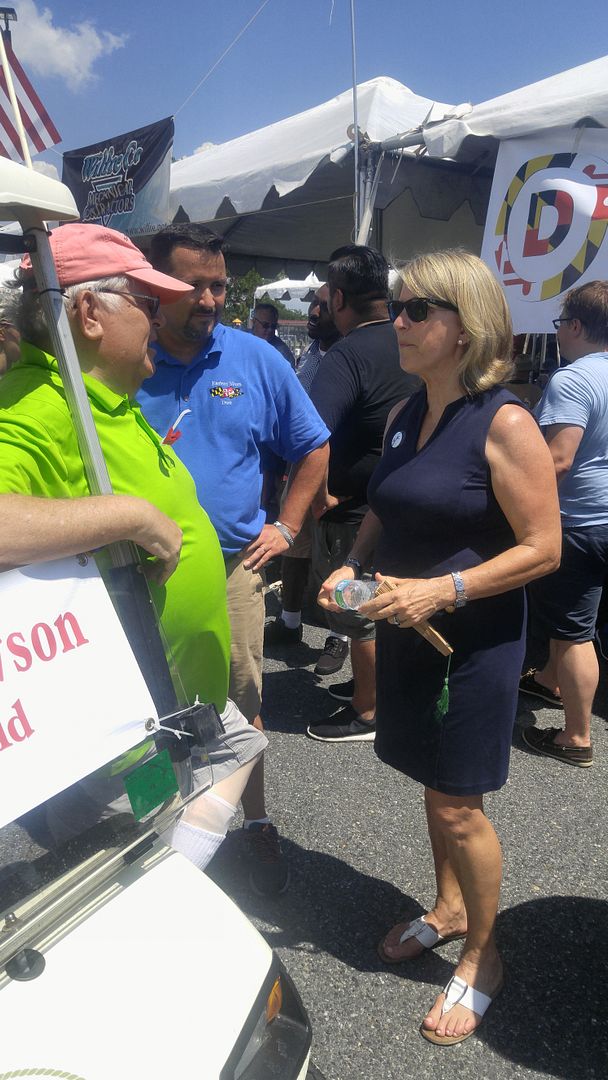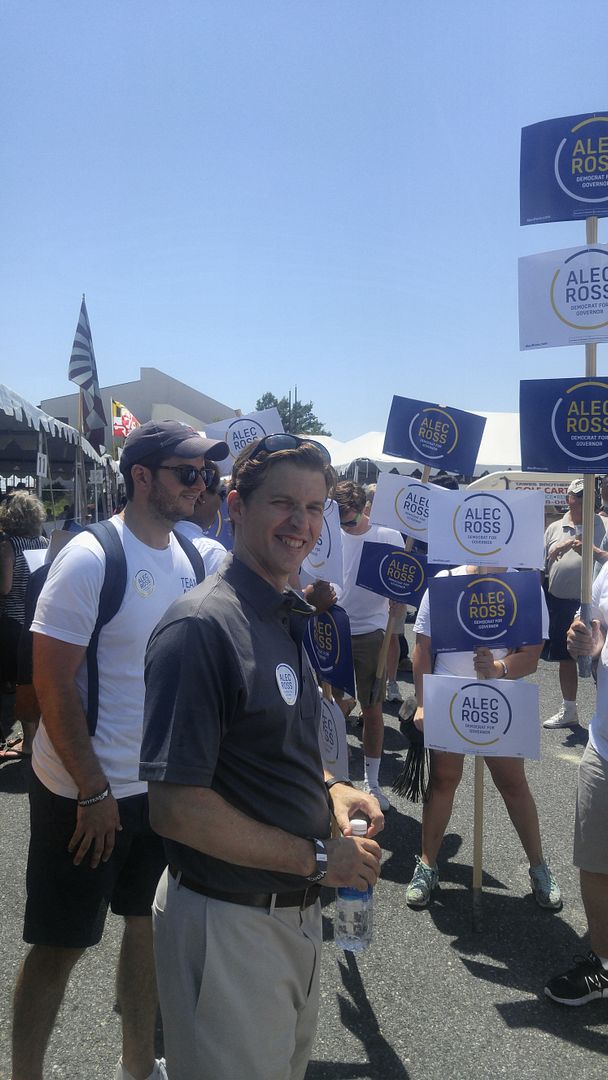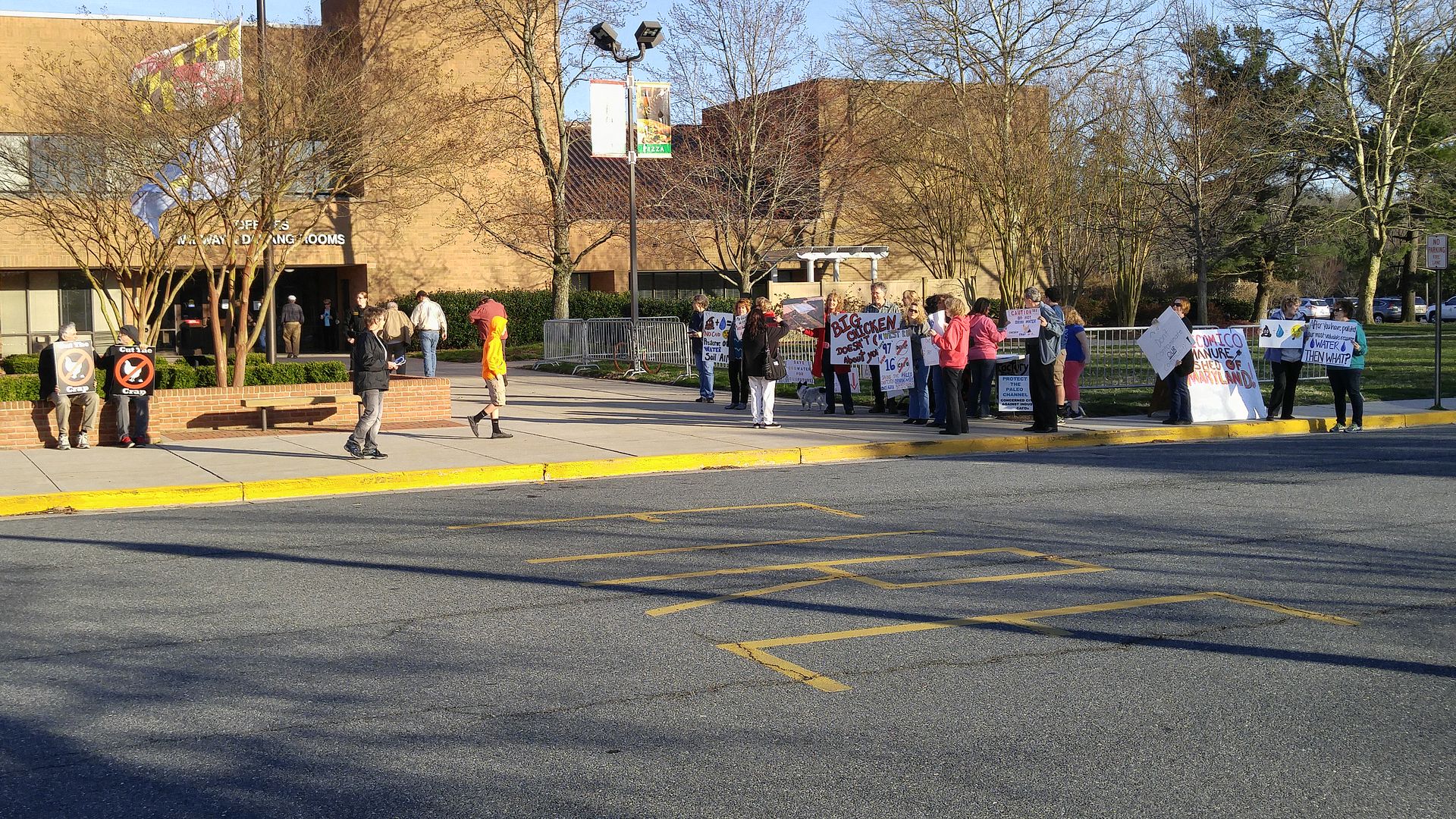It’s time to reach back across the Transpeninsular Line and look at a situation where I used to live, in Wicomico County, Maryland.
In my ten years on the Wicomico County Republican Central Committee, there were two accomplishments I was quite proud of: helping to secure an elected school board and expanding the Republican majority to 6-1 on County Council in 2010, then maintaining it in 2014 while electing a Republican county executive.
Unfortunately, while we kept the Republican county executive in 2018, the GOP dominance on County Council was eroded by a number of factors: first of all, there was the retirement of a Republican stalwart who represented a heavily Democrat district and the failure to recruit a good replacement for him – the candidate who ran was a last-minute Central Committee selection as no Republican filed for the office. Secondly, there was weak candidate recruitment for the county at-large seats, meaning we essentially gave away a spot to a retread Democrat who would have been defeated by a better Republican (or one willing to give up a district seat to run countywide.) Once the smoke cleared the GOP majority was a bare 4-3.
Fast-forward to the summer of 2019, when the Central Committee was tasked with sending names to County Council to replace Republican District 2 member Marc Kilmer, who resigned for family reasons and relocated to his native Idaho. Eventually the Council selected fellow Republican Nicole Acle, who had never run for office before but would now need to defend the seat in 2020 thanks to charter changes which allowed for special elections to fill seats vacated in the first 18 months or so of an elected official’s term. (Similarly, there will be a district school board race for the replacement of a deceased member but only one person is running.)
On the Democrat side, the lone contestant was a familiar name: Alexander Scott, who ran for the same seat in 2018 against Kilmer and lost by a 63%-37% margin. But in 2018 that was a race among many others and this time it’s a special election with considerable focus – and the potential to give the Democrats control of County Council for the first time since 2006 (as well as the first time in the County Executive era, which began with that election.) The state Democrat party (or at least their state committee member Allison Galbraith) as well as local regressive groups have taken note of the opportunity, soliciting support from other quarters of the state for a district of about 20,000 people.
Obviously the propaganda aspect of this race is huge – a flip in the Eastern Shore’s largest county would be noticeable and may be seen as the end of GOP dominance in that part of the state. More importantly for Wicomico residents – and workers like myself – it would put the same party which advocates for the Green New Deal, ending the Trump tax cuts, and gun control in charge of the local legislative agenda.
So who is Alexander Scott, and – more importantly – who is backing him?
On his website, Scott bills himself as “moderate” and “a conservative Democrat.” He’s even found a handful of Republicans to back him (more on that in a bit.) However, Scott is also the owner of a bar called The Brick Room, which has previously hosted drag queen events and proclaimed it’s “proud of” Black Lives Matter, in part because of a “racist Confederate sign” they helped to remove. (The sign, which actually faced the opposite direction from the bar, was a historical marker placed by the state in the 1980s.) I’m not sure that’s the agenda of a “conservative Democrat” but it is the agenda of a Democrat. Granted, I don’t necessarily expect wholesome entertainment from a bar, but that seems a little more like Times Square than a small town.
Yet there were some interesting backers for Scott’s candidacy. In looking at state campaign finance records, I found that his campaign was using ALCEs (Affadavit of Limited Contributions and Expenses) until the end of August. An ALCE is a statement declaring the campaign will neither raise nor spend a total of $1,000 during the period in question. Many ongoing campaigns file these in off years; my treasurer and I filed these on a regular, annual basis when I had a campaign account as a Central Committee member because I never came close to raising or spending that much.
After the August filing, however, the Scott campaign received a number of large donations from real estate and construction interests, particularly ones known for work in downtown Salisbury. It’s the area where The Brick Room is located, but not in the district he would represent. This also means Scott has a relatively significant war chest for a County Council campaign, with a few four-figure donations arriving in the early weeks of the most recently closed filing period. Considering Scott raised less than $1,ooo in total for his 2018 run, there are people who smell blood.
Initial seed money came from the Gillis Gilkerson group – between Chris and Joey Gilkerson and Brad Gillis these donations totaled $1,600, and that was enough to get him started. Members of Green Street Housing, a firm that is “getting affordable housing done” have chipped in an additional $2,000.
On the other hand, Acle has subsisted on mainly smaller donations, with the largest of $250 coming from State Senator Mary Beth Carozza. Her district barely intersects with Acle’s so it’s more a gesture of support for a fellow Republican.
The birth of Republicans for Scott, however, stems from the controversy that arose in the search to replace the late County Executive Bob Culver, who died in office in July. Of the three candidates interviewed by County Council to be Culver’s replacement, the odds-on favorite was Delegate Carl Anderton, Jr. However, a four-member segment of County Council led by Acle decided on the more unheralded Dr. Rene Desmarais as their choice. When public furor prevailed on Desmarais to withdraw his name from consideration, a second round of interviews featuring Anderton and another hopeful led County Council to decide to keep the Acting County Executive John Psota in place until the 2022 election.
The story Scott’s allies have been spreading was that Anderton was refused his due because he was too willing to work with Annapolis Democrats to advance his district – a conservative purity test, if you will. However, from what I recall about Desmarais and his 2014 Delegate campaign, he wasn’t the most conservative aspirant out there. Others have been critical of Anderton’s being less than forthright initially with the situation surrounding his high school graduation, a story which he recounted after the initial vote. (The subject never came up during his time as Delmar mayor or in his runs for Delegate, though.)
Regardless, this is one of those times where the county government hangs in the balance. With the temporary appointment of Psota as acting County Executive, most of the county’s direction (including redistricting) would be led by a Democrat majority that has both the element of “getting even” for the last six years of Republican rule and a heavy influence from the city of Salisbury: all three Democrats and Scott (via The Brick Room) donated to Salisbury Mayor Jake Day’s 2019 re-election campaign. It should be noted that several “Republicans for Scott” also donated to Day.
As I see it, the priorities will shift radically under a Democrat council. For one thing, the city has been demanding a tax differential from the county for several years, with the county reticent to do so as county residents outside municipalities would have to take up the slack. This may also extend to the desire by groups like the Greater Salisbury Committee to revisit the revenue cap that has been in place since 2000, a cap put in place when County Council raised taxes significantly a few years before.
Other items on a Democrat wish list may include significant zoning restrictions on agricultural land and development outside the urban core, making it more difficult for farmers but allowing the well-connected real estate developers downtown to cash in further.
I may have moved from Wicomico County, but I still work there and would like it to continue to succeed. Regardless of how conservative any Democrat claims to be, the fact that they are Democrats belies any claim of conservatism. Simply put, their agenda isn’t good for Wicomico County.
Even in a wave year for Democrats both locally and nationally in 2018, District 2 voters opted to maintain their conservative representative. The time to address any issues with Acle will be the 2022 primary. Don’t punish the rest of the county because you disagreed with her choice for County Executive.























